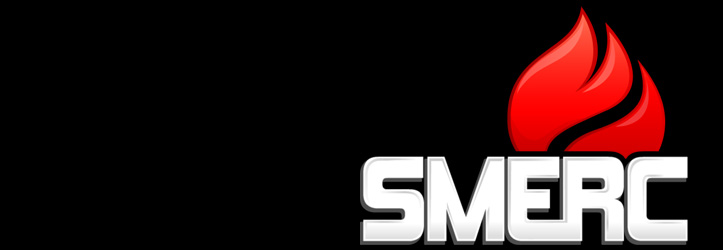Being as we are a sort of digital steward for many high-profile licensed properties and brands, we are often tasked to think of creative ways to involve sponsors and advertisers in games for fairly disparate brands. On the flip side, we can also find it somewhat difficult to explain this integration to our clients, convincing them that it will not dilute their brand. This has been a challenge we’ve faced for a while, so we developed a series of “tiers” of increasingly complex and involved sponsorship opportunities in games we develop.
Tier 1 is the application of traditional media placement and sponsorship within games. Interstitials, logos, banners, these are all to be placed within the property in ways analogous to traditional print, web, and on-air practices. These methods are inexpensive to include, easily swapped out or rotated, and readily understandable to less game-savvy clients.
Tier 2 is generally feature specific and involves an understanding of gameplay. Clients should be interested in a specific area of a property, as their exposure will be contextual and will be most effective if they understand the audience of a specific area of the game or of the demographics of recipients. For example, brands that would want to sponsor the “Choose Your Do” section of Jersey Shore Yourself might be those interested in promoting hair products.
Games that lend themselves to this sort of sponsorship are those that have:
a. Multiple points of entry/exit (iphone, web, FB)
b. Multiple “rooms” or components with some degree of segmentation
c. “meme”-style hooks (brands get more mileage by latching on to existing cultural phenomena than by trying to create them from scratch)
Tier 3 is similar to traditional co-branding. There is deep integration with the game, whether through rewards and incentives, or through product placement in-game (See Comedy Central Supermarket Death Race with Keystone placement).
The sponsor should be interested in seeing their product tied deeply with the property for which the game is an extension. The application of these methods is flexible (can do themed levels or an entire themed game) but the games should always remain mutually exclusive in terms of competitive brands (i.e. Natural Light and Miller Lite should not appear in the same game.)
This is the most time-consuming form of sponsorship, but it is also the most rewarding in terms of brand effect and exposure. It is difficult to swap out from sponsor to sponsor, as graphics and sometimes even game play have been customized for the product.




No comments:
Post a Comment